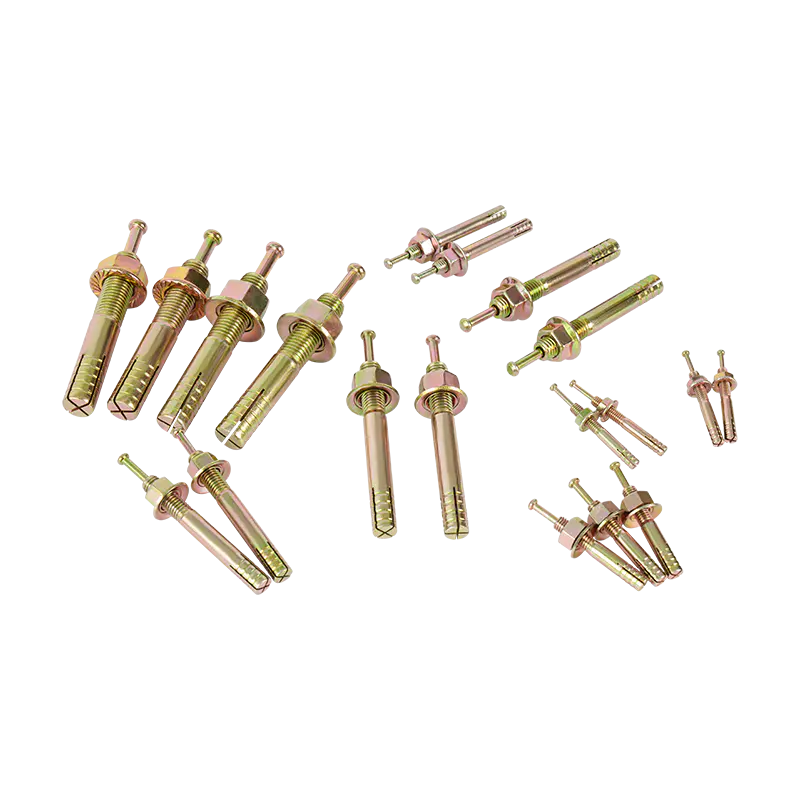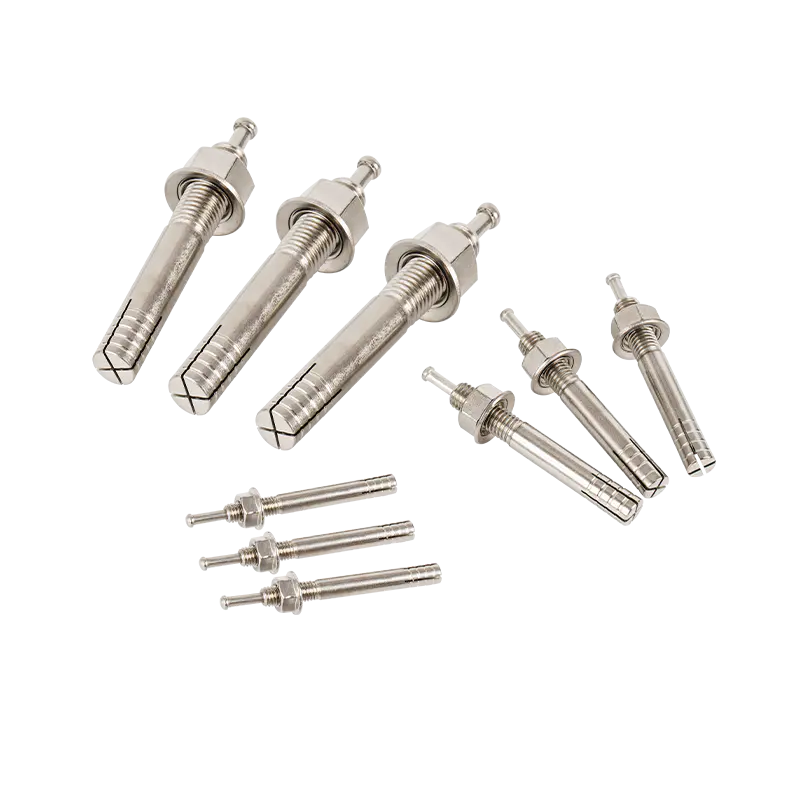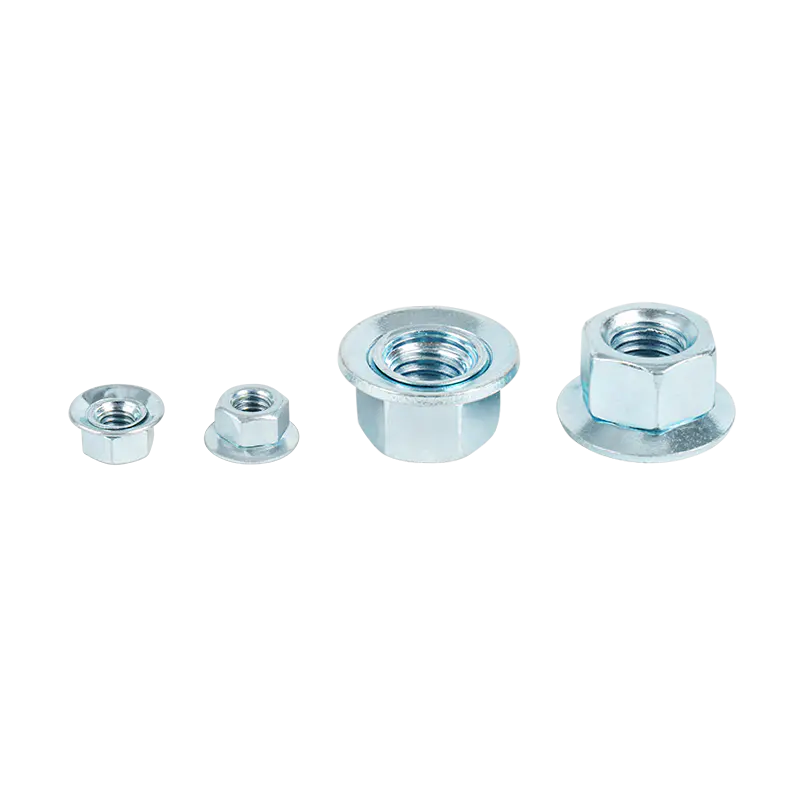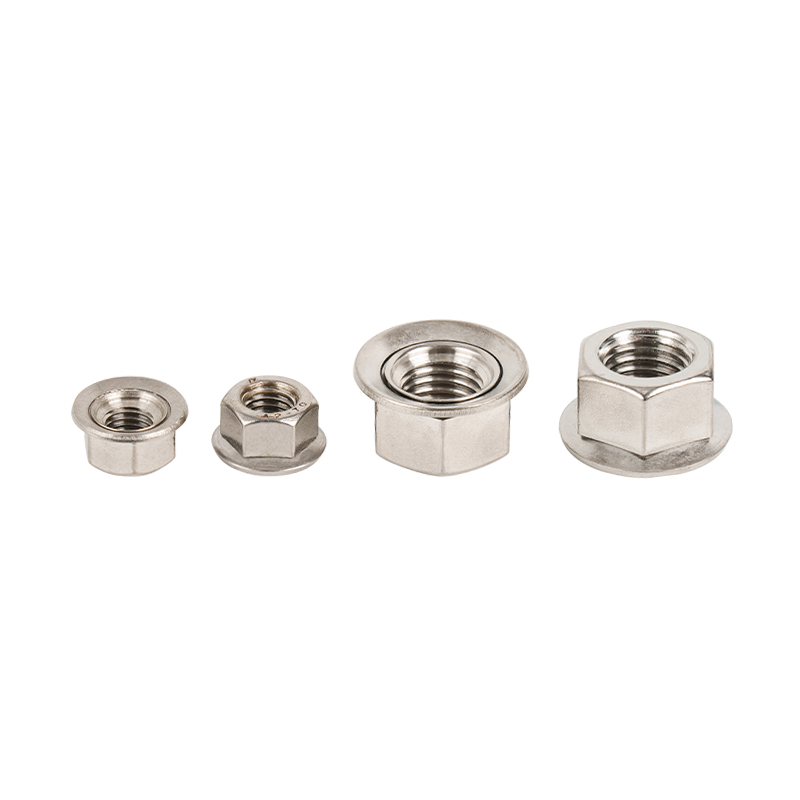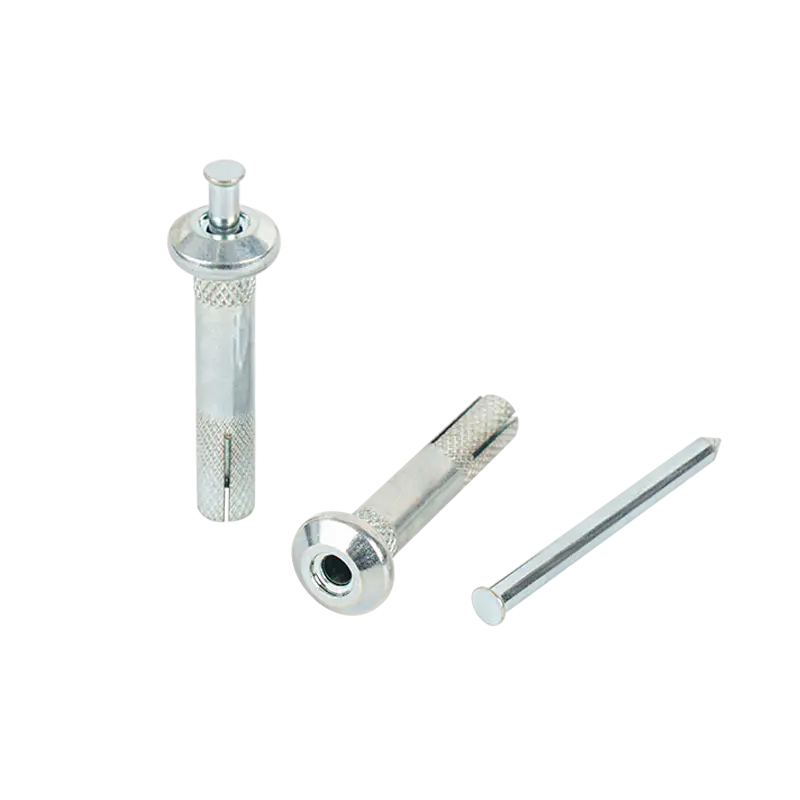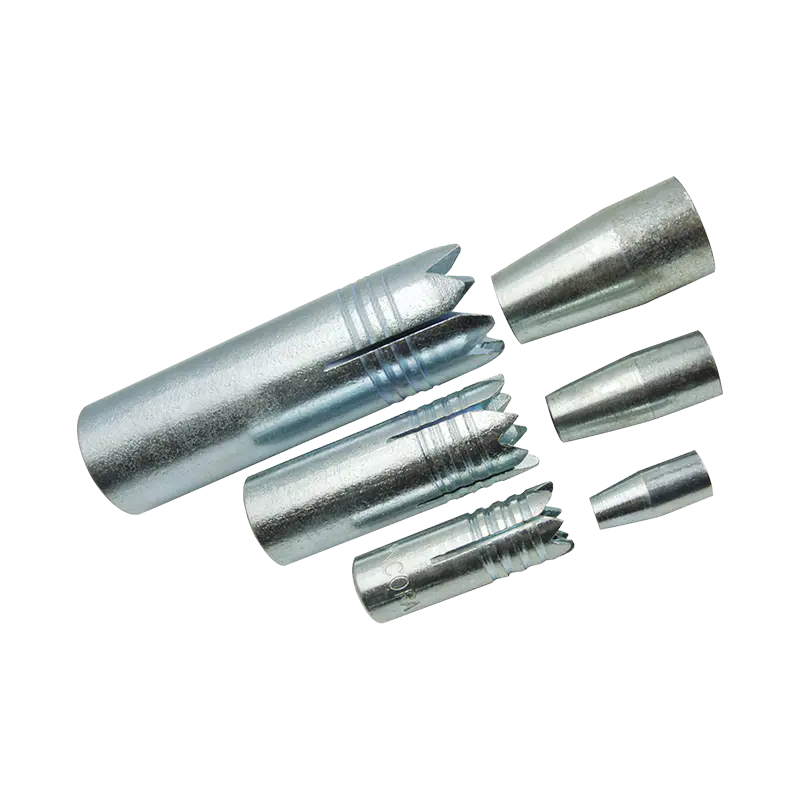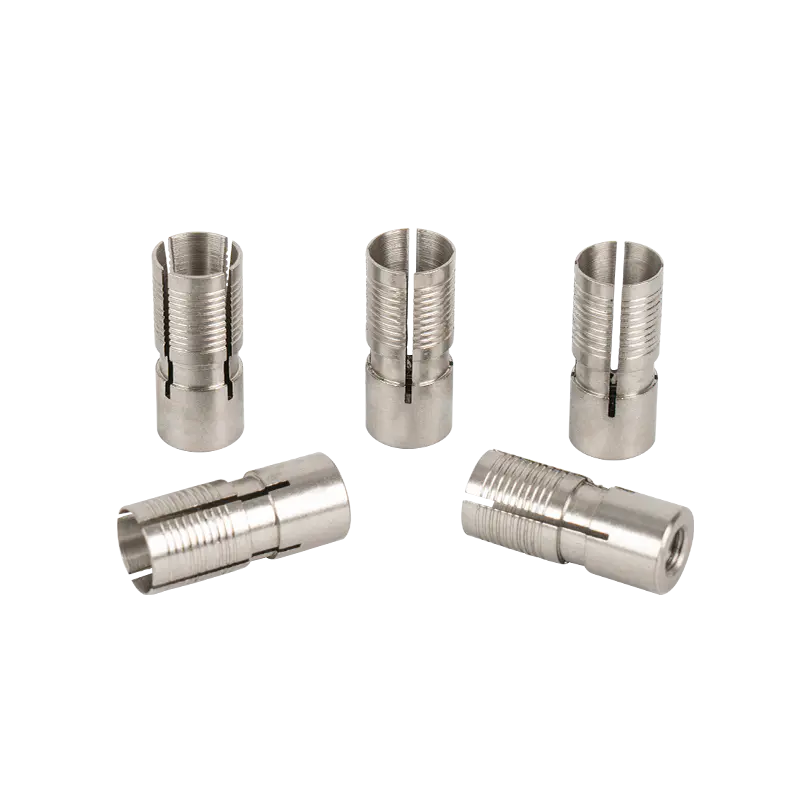How do I properly install the Strike Anchor to ensure maximum safety and effectiveness?
2025-09-26
In construction and industrial settings, the correct installation of anchoring systems is crucial for structural integrity and safety. Among these, the Strike Anchor stands out as a reliable solution for heavy-duty fastening applications.
Understanding Strike Anchor Types
Strike Anchor refers to a category of mechanical anchors designed for use in concrete and masonry. Common variants include wedge-style Strike Anchors and sleeve-type Strike Anchors, each suited for specific load conditions and base materials. Wedge-style Strike Anchors typically feature a threaded bolt with a wedge mechanism that expands upon setting, while sleeve-type versions use a sleeve to create friction. Selection depends on factors like material hardness, load requirements, and environmental conditions. It is essential to consult technical datasheets to identify the appropriate Strike Anchor type for the project.
Applications of Strike Anchor
Strike Anchor is widely used in applications requiring high tensile and shear strength, such as securing structural steel, machinery, and safety equipment. Proper application involves assessing the base material—commonly concrete with a minimum compressive strength of 2,500 psi—and ensuring the anchor is compatible with the intended load. For instance, in seismic zones, additional considerations like cyclic loading tests may be necessary. Always verify that the installation environment is free of cracks or defects that could compromise the Strike Anchor's hold.
Step-by-Step Installation Guide
-
Preparation: Drill a hole into the base material using a carbide-tipped drill bit. The hole diameter and depth must match the Strike Anchor specifications, typically 1/16 inch larger than the anchor diameter. Clean the hole thoroughly with a brush and air compressor to remove debris.
-
Insertion: Place the Strike Anchor into the hole, ensuring it is flush with the surface. For wedge-type anchors, avoid over-insertion to prevent premature expansion.
-
Setting: Use a strike tool or hammer to apply controlled force to the anchor head until the wedge or sleeve mechanism engages. Avoid excessive hammering, which can damage the anchor or base material.
-
Tightening: Securely tighten the nut with a torque wrench to the recommended value, usually provided in the manufacturer’s guidelines. This step ensures full expansion and load distribution.
-
Inspection: Check for visible signs of proper setting, such as no movement under light load. Conduct a proof test if required by safety standards.
When evaluating Strike Anchor options, factors such as embedment depth, edge distances, and spacing must be compared against project requirements. For example, a wedge-style Strike Anchor may offer faster installation in solid concrete, while a sleeve-type might be preferable in hollow materials. Unlike adhesive anchors, Strike Anchor provides immediate load capacity but requires precise hole preparation. Comparisons should focus on technical parameters like ultimate load ratings and corrosion resistance, without endorsing specific brands.
Frequently Asked Questions (FAQ)
-
What is the minimum concrete strength for Strike Anchor? Typically, 2,500 psi is recommended, but always refer to the product datasheet for exact requirements.
-
Can Strike Anchor be used in overhead applications? Yes, provided the installation follows safety protocols and the anchor is rated for such use.
-
How does temperature affect Strike Anchor performance? Extreme temperatures may impact material properties; consult guidelines for temperature thresholds.
-
Is reusability possible with Strike Anchor? No, Strike Anchor is designed for single-use installations to maintain integrity.
Conclusion
Proper installation of Strike Anchor is fundamental to ensuring safety and effectiveness in fastening systems. By understanding the types, applications, and installation steps outlined in this guide, professionals can mitigate risks and achieve reliable results. Adherence to standardized procedures and continuous training remains key to successful implementation. For further details, always consult certified resources and industry best practices.

 English
English 日本語
日本語
